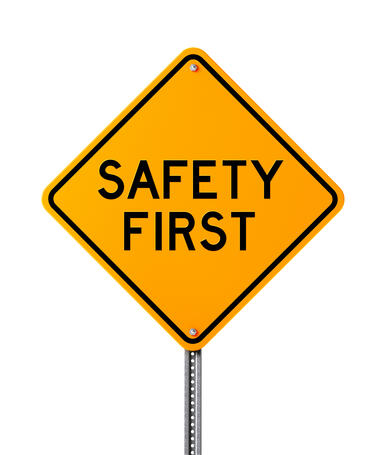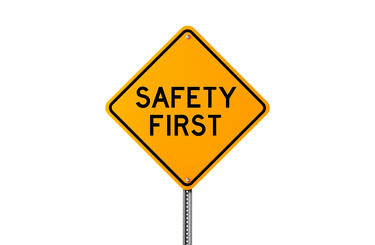
ISO 45001:2018
Progress indicator

Roland Tan, IRCA Lead/Principal Auditor, explores the importance of the world’s first occupational health and safety management system
ISO 45001:2018 is the world’s first Occupational Health and Safety Management System (OHSMS) standard assuring the protection, if fully and effectively implemented, of workers, visitors and other interested parties who can be exposed to occupational health and safety risks that could result in illness, injury, incapacitation and death arising from the work activity.
The International Labour Organisation (ILO) reports that occupational accidents and related disease occurs at a rate of 2.78 million per year and that many result in long absences from work. The economic burden is estimated at 3.94 per cent of global GDP annually.
The standard is intended to align an organisation’s strategic direction with its OHSMS to improve occupational health and safety performance, which would lead to higher worker morale and stakeholder confidence, improved productivity, business sustainability and growth opportunities.
A useful and widely accepted standard
This standard, and other popular management system standards such as ISO 9001:2015 and ISO 14001:2015, share the same ISO Annex SL directive, which includes a high-level structure, identical core text, terms and definitions. Sub-clauses and their discipline-specific text are the exception when differentiating the discipline specific management system standards. This integrative feature of Annex SL ensures consistency and efficiency when managing multi management system standards within an organisation and throughout its supply chain.
ISO 45001:2018, like the other management system standards, based on Annex SL, is non-prescriptive and is applicable across multiple sectors, large and small, public or private entities requiring a robust OHSMS framework to effectively manage their occupational health and safety risks. The standard protects, not only workers, but also visitors and other interested parties who can be exposed to these risks that could result in illness, injury, incapacitation and death.
The standard is voluntary, but some jurisdictions, industry and business sectors may have mandatory requirements for their compliance within the organisation and throughout their supply chain.
ISO 45001:2018 was essentially developed from BS OHSAS 18001 Occupational Health and Safety Management – which was the most widely OHSMS standard globally adopted since 1999.
The OHSAS Standards and Certificates survey of 2011 revealed that over 90,000 organisations or its equivalent in 127 countries across 39 sectors globally had adopted or adapted the OHSAS 18001 standard; at the end of 2015 there were 160,000 certified users – making OHSAS 18001 the third largest certified management system standard after ISO 14001 and ISO 9001. A 2017 BSI Voice of the Customer Survey reported strong customer satisfaction arising from benefits in implementing OHSAS 18001.
The main improvement of ISO 45001:2018 over OHSAS 18001:2007 is the focus on the interaction between the organisation and its business environment whereas OHSAS 18001:2007 is about managing occupational health and safety hazards and other internal issues.
Key features of the standard
Like the other popular management system standards, ISO 45001:2018 is aligned with Annex SL and adopts a risk based approach. Its key features are leadership and worker participation, business context, expectations of interested parties, consultation and participation of workers and a new clause titled Improvement– which categorises incidents, nonconformities and their corrective action and continual improvements.
Migration deadline
The International Accreditation Forum (IAF), the global association of Conformity Assessment Bodies, has advised that organisations certified to OHSAS 18001 will need to migrate to ISO 45001:2018 within three years subsequent to the publication of the standard.
Introduction to ISO 45001
Expand your existing knowledge of, or experience in, occupational health and safety management, with an understanding of the management systems approach and the requirements of ISO 45001.
Quality World

Get the latest news, interviews and features on quality in our industry leading magazine.


